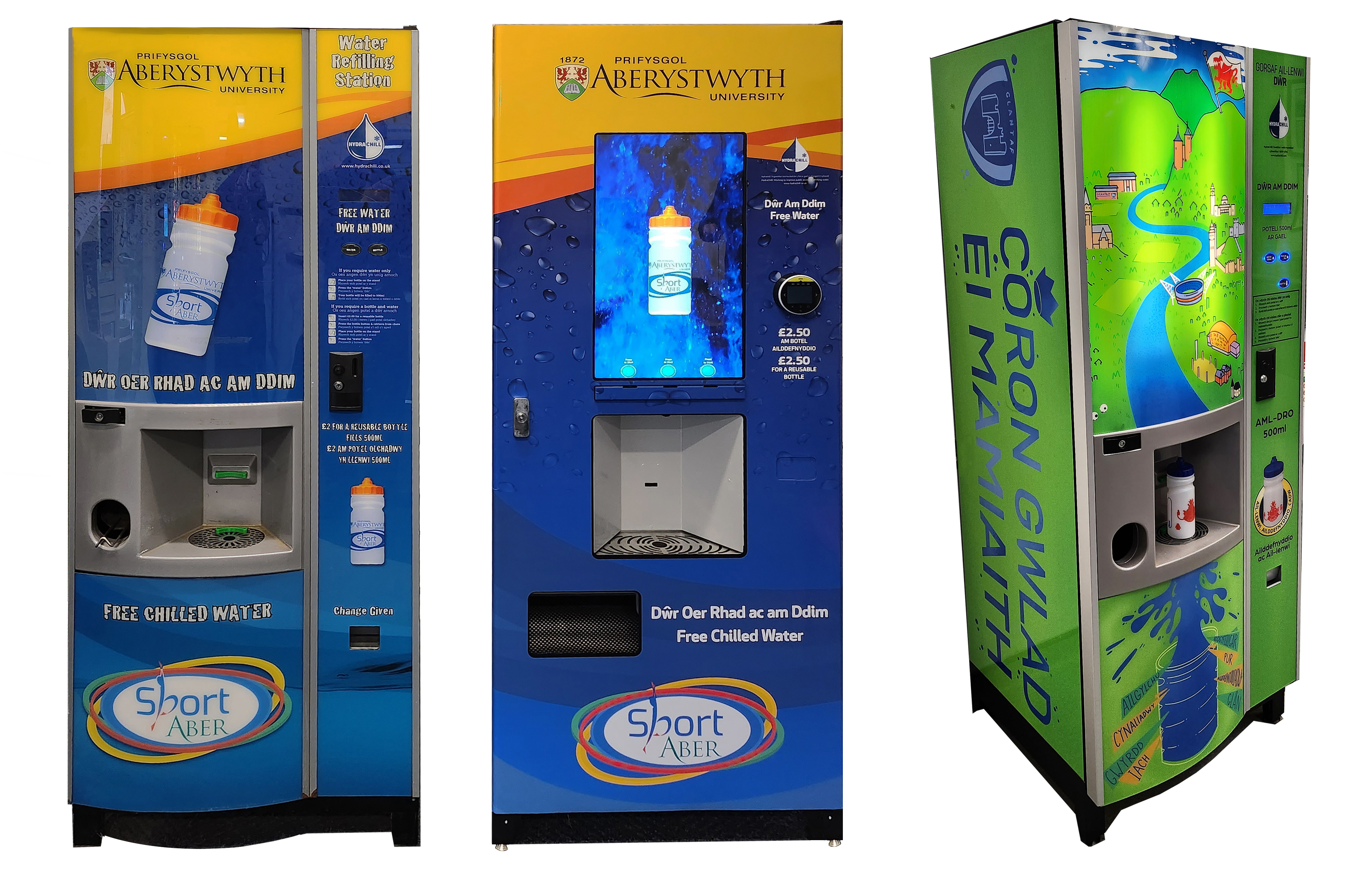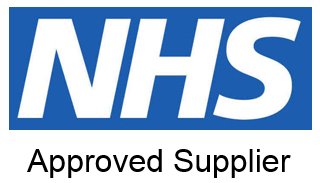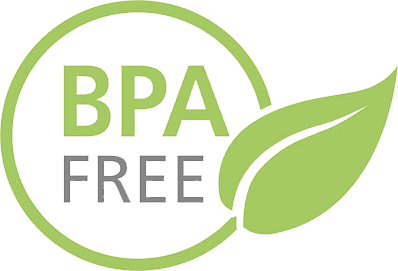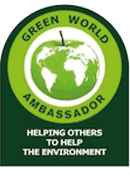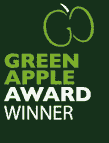It’s an incredible fact that in 1980, UK consumption of bottled water totalled only 30 million litres per year. Which means that on average each of us consumed the equivalent of just one 500 ml water bottle, per year!
Today, that figure is nearer 3 billion litres. If your calculator can count the zeros, then do the maths.
For those 1980’s citizens, today’s figure would be baffling. Reaction to the introduction of bottled water bordered on mild bemusement. “Why do we need bottled water when our tap water is perfectly good?” After all, bottled water was something you only consumed on overseas holidays, mainly because you couldn’t trust the quality of the local tap water.
UK tap water was and remains among the best in the world. Our water companies have invested £billions in ensuring the highest possible standards. Stand back and ask yourself why we were ever persuaded to change?
Principally, the answer lies in clever marketing on the one side and its virtual absence on the other. Even today, our water utilities companies generally see limited benefit in marketing their drinking water, viewing their responsibility as simply supplying clean, safe drinking water to our taps.
This vacancy presented a field of dreams for inventive bottled water marketers. Led by the French (25% of UK bottled water is still imported from France) consumers became entranced by volcanoes, dinosaurs, dancing babies, even a naked Jennifer Aniston. Branded bottled water became cool, especially to the young, a ‘must-be -seen-with’ carry item.
As usual though, it’s the young who are among the first to realise that actually the Emperor has no clothes. That in an era of global warming and poisoned seas, the profligacy of single use disposable bottled water is nothing short of environmental madness. Agreeing too with one wisened view that “Bottled water companies are draining our aquifers and selling it back to us.”
Reaction has been global. Bundanoon, a small town in Australia, gained worldwide publicity by becoming the first town to ban bottled water. San Francisco City Council has recently joined the New York City government among others in banning bottled water from their facilities. Universities and students unions from Vermont in Canada to Sheffield UK have done the same. The London #OneLess campaign has joined with reusable bottle support.
Perhaps most encouraging of all is that this reaction has now permeated to our schools. This vital next generation are now re-accepting tap water as norm and viewing a reusable bottle as a comfortable companion.
How do we know this? Easy. When we began this business we were heavily seasonal dependent. Supplying water bottles was a mainly summer activity as customers reacted to spells of hot weather. Reusable bottles were largely a hot-weather afterthought.
Today, it’s September not June or July that’s our busiest month for bottle supply. This is because schools are now including reusable water bottles among their essential new school year inventory. Aware of healthy hydration, consciously favouring water bottles over bottled water and reverting to the virtues of tap refilling we once took for granted.
So Jennifer Aniston needn’t worry, our improved health prospects appear in good hands. It looks like those dancing babies have seen sense.

